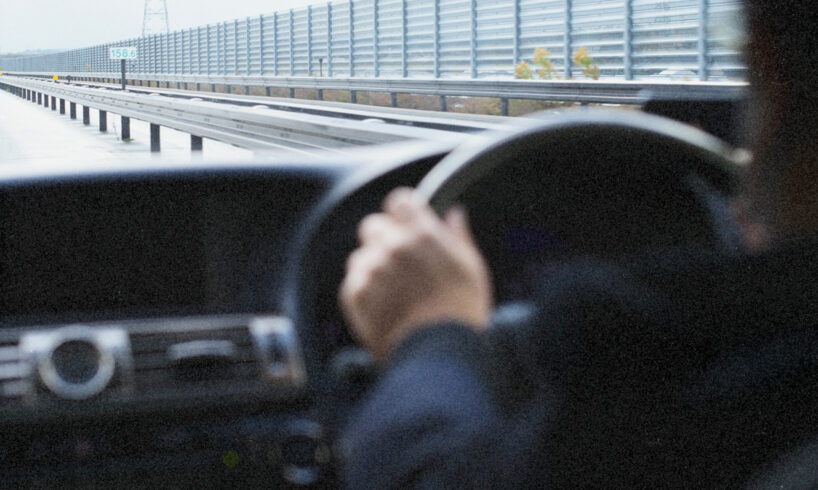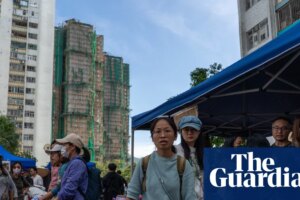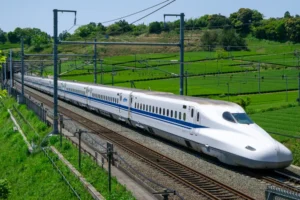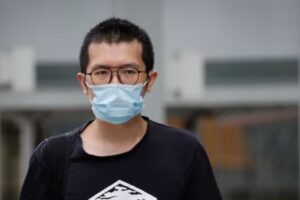
In this week’s news roundup we report on the revised law banning foreign tourists from converting their driver’s licenses in Japan. Human rights nongovernmental organizations condemn the rise in anti-immigrant rhetoric ahead of the House of Councillors election. Donald Trump says Japan and South Korea will be hit with 25% tariffs. Mourners pray for Shinzo Abe on the third anniversary of his assassination. Two Americans are rescued on Mount Fuji before the Shizuoka trails open. And in rugby, Japan defeat Wales 24-19.
Foreign Tourists Will No Longer Be Able To Convert Driver’s Licenses in Japan From October 1
On Thursday, Japan’s National Police Agency (NPA) announced that it will be implementing stricter procedures for converting foreign driver’s licenses into Japanese ones. Under the new regulations, applicants must provide a valid address in Japan. Currently, foreign tourists can declare their hotel or the home of an acquaintance as their place of residence. The test on Japan’s traffic rules will also become harder, increasing from 10 to 50 questions. The NPA plans to start operating the revised system from October 1, after soliciting public opinion.
From that date, foreign tourists can only drive in Japan with an International Driving Permit (IDP). Drivers from countries such as China, Brazil and Vietnam that haven’t signed the 1949 Geneva Convention on Road Traffic are excluded. Recent high-profile accidents caused by foreign nationals have led to growing calls for tighter regulations for foreign license conversion. In May, a Chinese man was arrested following a hit-and-run incident involving four children in Saitama Prefecture. That same month, a Peruvian man was apprehended after driving in the wrong direction on the Shin-Meishin Expressway.
Original Image: Wikimedia Commons, edits TW
Anti-Immigrant Rhetoric Rising Ahead of the House of Councillors Election
On Tuesday, eight human rights nongovernmental organizations released a joint statement condemning the rise in anti-immigrant rhetoric ahead of the House of Councillors election. An example of this could be seen in front of JR Kakogawa Station in Hyogo Prefecture last Friday. NHK Party leader Takashi Tachibana began his stump speech by stating that he is “afraid of foreigners.” He then added, “It’s scary when groups of Black people or people of Islamic background are gathered in front of the station.”
The following day, Naoki Hyakuta, leader of the minor right-wing opposition Conservative Party of Japan, said that foreign people “disrespect Japanese culture, ignore the rules, assault Japanese people and steal their belongings. In northern Kanto you see many towns like this that are no-go zones. If we don’t do something about it; Japan’s public safety will be threatened.” The right-wing populist party Sanseito, meanwhile, has been gaining a lot of attention due to its “Japanese First” approach. The party is known for its stance against immigrants and coronavirus measures.
Trump Hits Japan and South Korea With 25% Tariffs
Speaking to reporters on Tuesday, Japanese Prime Minister Shigeru Ishiba described Donald Trump’s letter to Japan as “truly regrettable.” He added that his country would not waver in defending its national interests in future talks. A day earlier, the US President announced that the United States’ “reciprocal tariffs” on both Japan and South Korea would be raised to 25% effective August 1 unless they reach a trade deal. He publicly released the near-identical letters that were sent out to the two nations on Truth Social.
The president concluded the letter with a warning. “If for any reason you decide to raise your Tariffs, then, whatever the number you choose to raise them by, will be added onto the 25% that we charge. Please understand that these Tariffs are necessary to correct the many years of Japan’s Tariff, and Non-Tariff Policies and Trade Barriers, causing these unsustainable Trade Deficits against the United States. This Trade Deficit is a major threat to our Economy and, indeed, our National Security!”
Shinzo Abe | Anthony Quintano
Mourners Pray for Shinzo Abe on the 3rd Anniversary of His Death
On July 8, mourners gathered in front of Kintetsu Railway’s Yamato-Saidaiji Station in Nara Prefecture to pay their respects to Shinzo Abe on the third anniversary of his death. A flower stand was set up there by a local volunteer group two days earlier. “I came with the hope that this would be the last time a politician would die during an election,” a 21-year-old student who traveled from Kyoto to the site told The Asahi Shimbun. A memorial service was also held at Choanji temple in Nagato, Yamaguchi Prefecture.
Abe was gunned down while giving a stump speech. Flown to Nara Medical University Hospital, the former prime minister was pronounced dead five and a half hours after he was shot. The assassin, Tetsuya Yamagami, was quickly detained at the scene. He told investigators that he targeted Abe because of his links to the Unification Church, a religious organization that allegedly caused financial ruin for his family. The first hearing for Yamagami’s trial is scheduled for October 28. According to sources, he’s not planning to contest the murder charge.
Two Americans Rescued on Mount Fuji Before Shizuoka Trails Opened
The three trails on the Shizuoka Prefecture side of Mount Fuji opened on Thursday. Before entering, climbers must apply in advance, pay a fee of ¥4,000 and complete a short test, which covers safety issues and environmental protection. Introduced this year, it is hoped that this test will help to protect the mountain’s fragile ecosystem and make accidents less likely. Unfortunately, there are still some climbers who feel they don’t need to follow the rules, including two Americans who recently needed rescuing.
Last Friday, a 69-year-old man fell ill while camping on the seventh station. Suffering from hypothermia, he was allegedly wearing sandals when the rescue team arrived. The following day, another American citizen needed saving. This time, it was a 59-year-old woman, who reportedly made it to the top but then got lost while making the descent. Panicking in the dark, she got through to the authorities via her cell phone provider. The rescue team managed to locate her after a three-hour search.
Original Image Courtesy of JLEAGUE
Japanese Players on the Move
It’s been a busy week of transfers for Japanese soccer players. Kota Takai completed his move from Kawasaki Frontale to Tottenham Hotspurs. Kyogo Furuhashi and Kanya Fujimoto joined Birmingham from Rennes and Gil Vicente respectively. Hayato Inamura left Albirex Niigata for Celtic. Keigo Tsunemoto signed for FC Basel from Servette. Sota Kawasaki arrived at Mainz from Kyoto Sanga. Junnosuke Suzuki left Shonan Bellmare for FC Copenhagen. And Yuki Kobayashi joined Jagiellonia Białystok from Portimonense. In women’s soccer, Hikaru Kitagawa signed for Everton from Hacken.
In rugby news, Japan defeated Wales 24-19 in a match played in extremely humid conditions in Kitakyushu. The away side led 19-7 at the break but wilted in the heat in the second half. Halatoa Vailea completed the comeback win for Eddie Jones’ side with a 71st minute try. It was a record 18th successive Test defeat for the Welsh team. If they lose to the Brave Blossoms again on Saturday, they’ll become the first tier one rugby nation in history to lose 19 successive international games.





